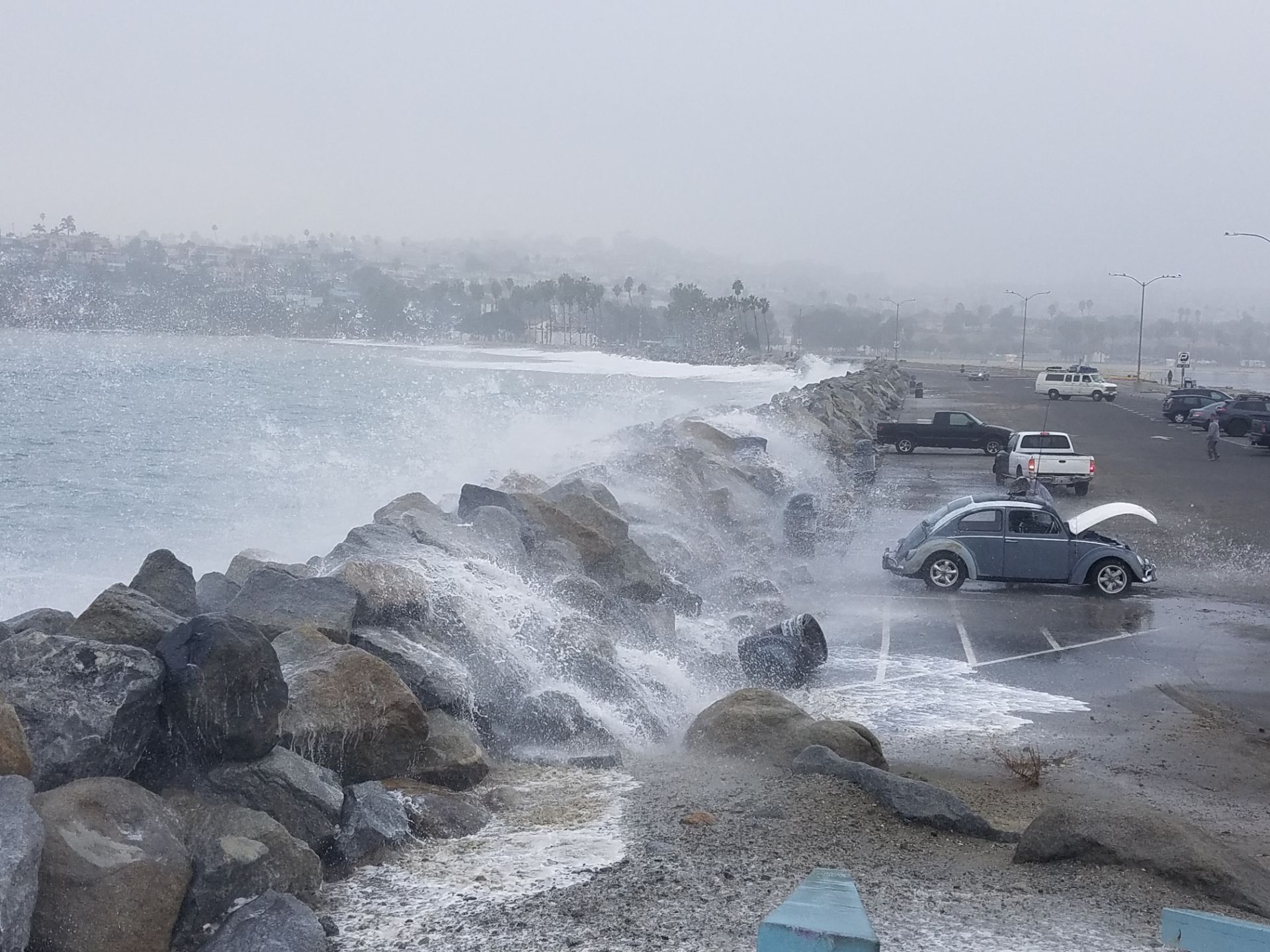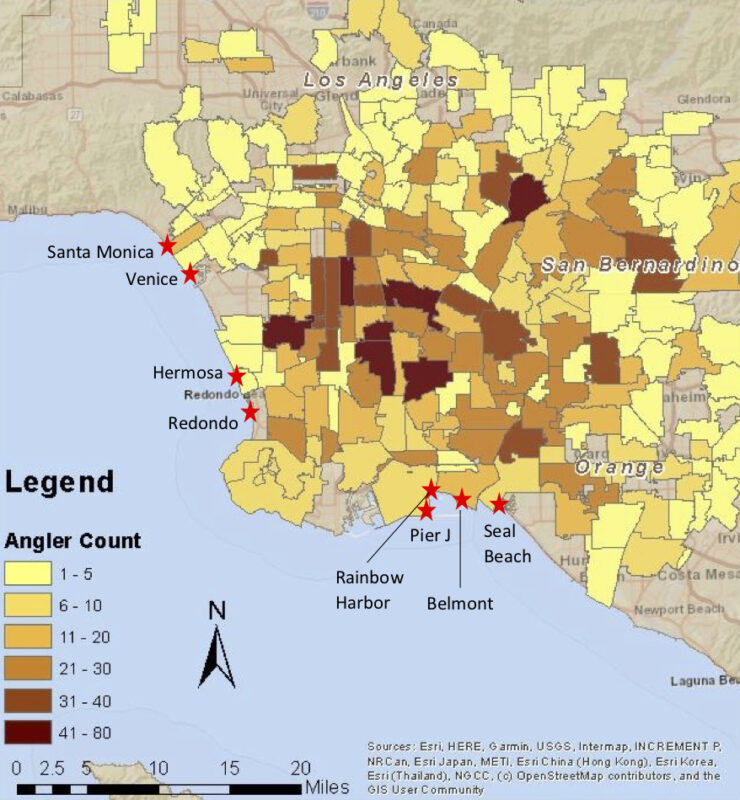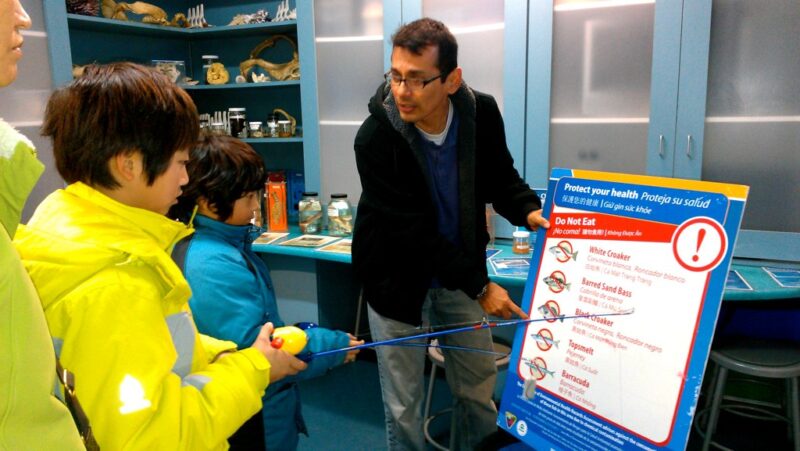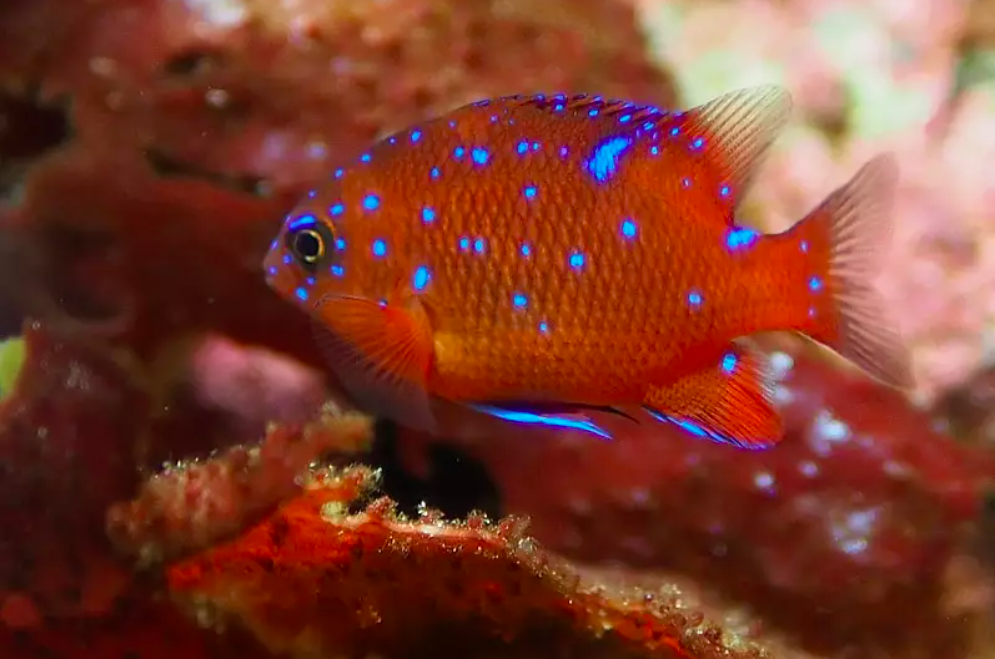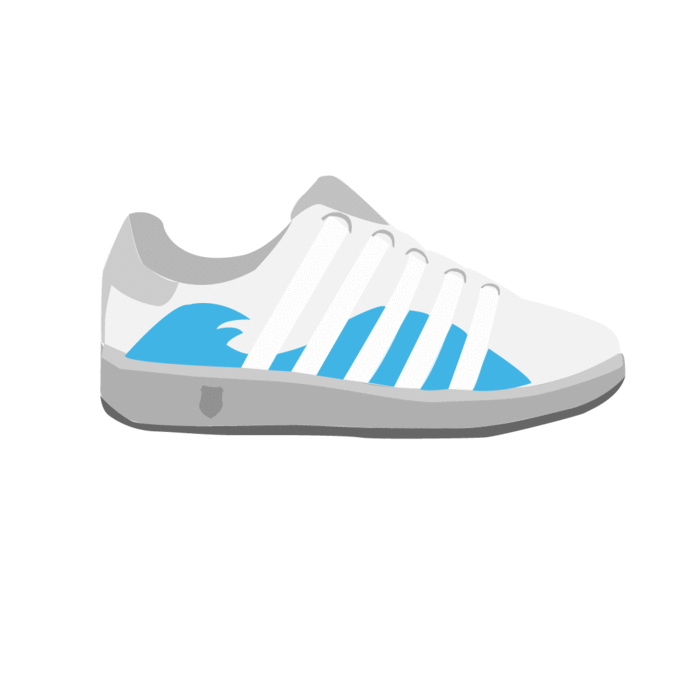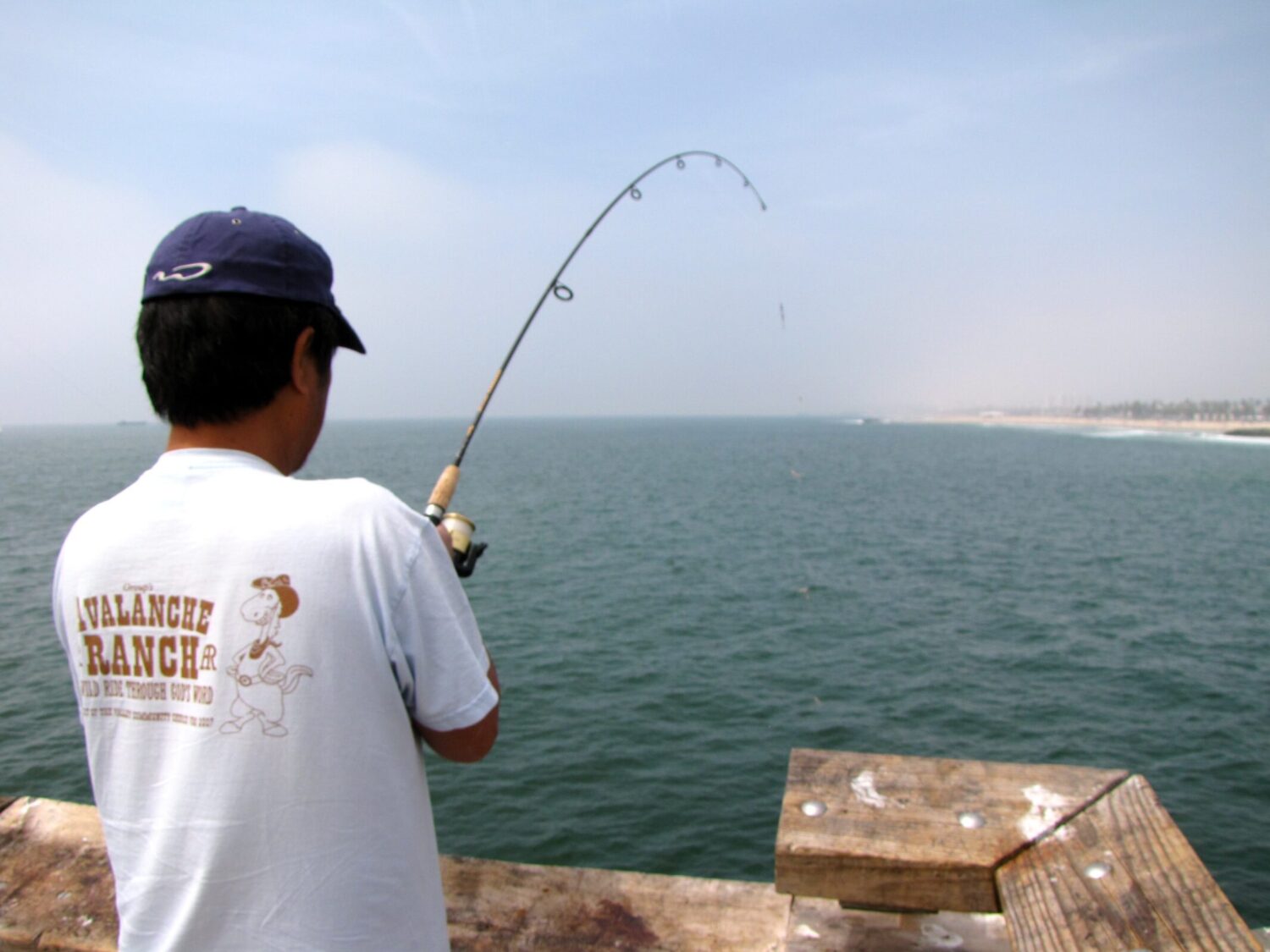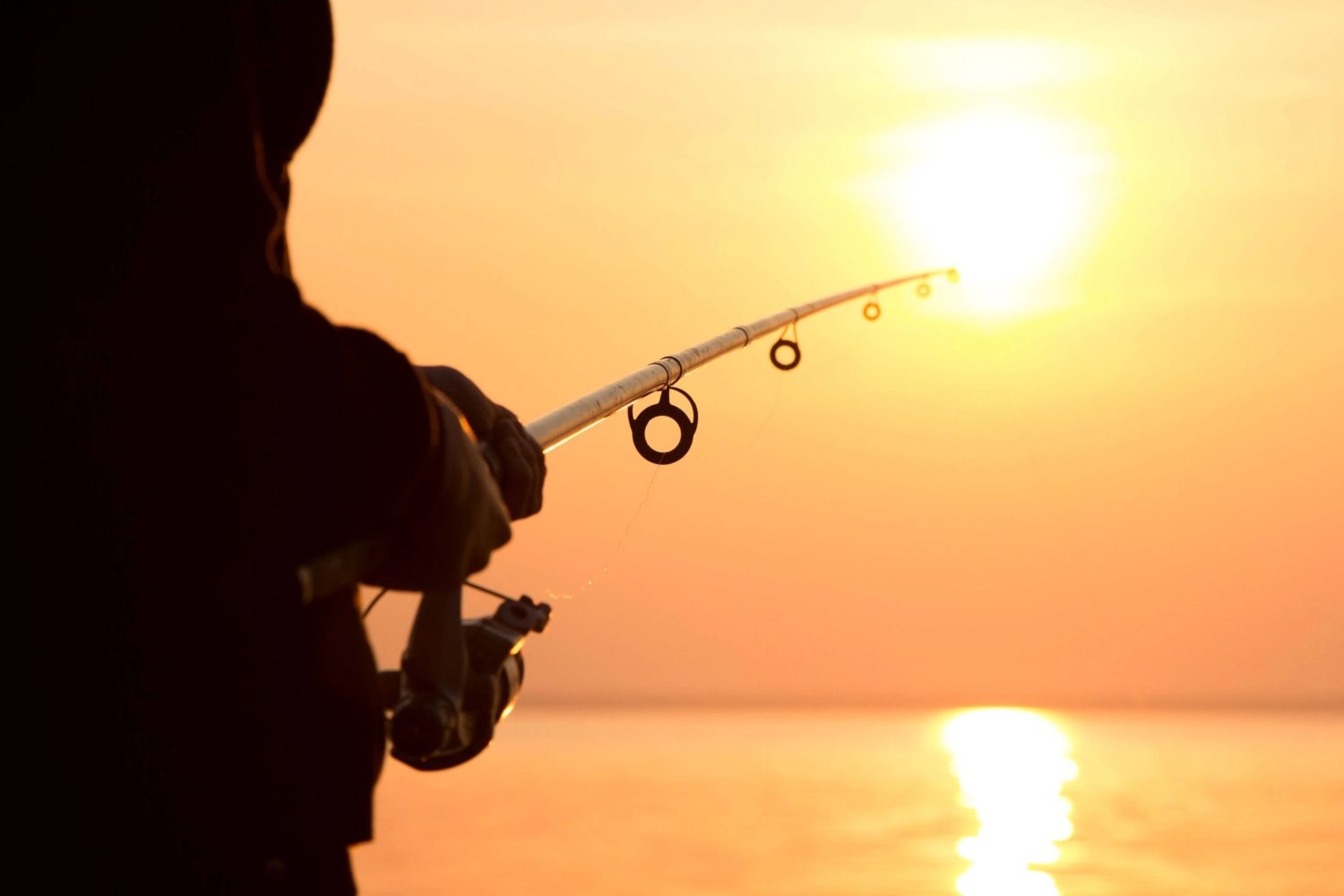Yes, that’s right. We’re reopening Heal the Bay Aquarium! Come visit our outdoor patio experience on Saturday, April 24 and Sunday, April 25 from 12pm to 4pm for our Aquarium’s Earth Day Celebration.
The health and safety of our community and staff are our number one priority. When you plan a visit, follow our COVID-19 guidelines and reserve your tickets in advance. Heal the Bay Aquarium is located at 1600 Ocean Front Walk in Santa Monica, California – under the Santa Monica Pier.
When you visit our new outdoor patio exhibits, you’ll get to explore local marine animal exhibits, study a gray whale rib bone, learn about ocean pollution and what we can do to prevent it, snag a sustainable souvenir from the Gift Shop, and more!
Discover your inner marine scientist at the Sharks & Rays and the Tide Pool animal exhibits. Sharks & Rays demonstrates the full lifecycle of sharks, and features baby swell shark pups. Observe the development of this important native species as they grow from egg to pup, and learn about all the local sharks that live in Santa Monica Bay. The Tide Pool display allows you to get up close and see local tidepool creatures like sea cucumbers, bat stars, hermit crabs, and marine snails.
Swim by our Watershed exhibit to learn about the Los Angeles ecosystem and view California native plants that are found in these habitats. Check the water quality grade at your favorite beach with our Beach Report Card, find out how you can take the Climate Action Challenge, and take action to #SkipTheStuff at our Plastic Pollution exhibit. A visit to the Aquarium will give you a greater understanding of the ocean, and inspire stewardship of the marine environment and its inhabitants.
We’ll have fun, eco-friendly crafts and activities you can take home, and beach cleanup kits available to purchase, so you can continue to Heal the Bay, the ocean, and the planet even after your visit.
Plus, you can bring the memories home with a souvenir from our Aquarium Gift Shop. Check out zero-waste goodies, plushies, green travel items, limited edition Heal the Bay gear, and more. Every purchase directly supports our marine education and clean water programs.
Keep Making Waves with Heal the Bay Aquarium:
- Care for local wildlife species by making an Aquadoption.
- Take your class on a virtual Field Trip.
- Have you seen Baby Shark Watch yet?
- Learn about our interactive SEA Education program.
- Rent a manual Beach Wheelchair at the Santa Monica Pier.
- Follow us on Facebook, Twitter, and Instagram.



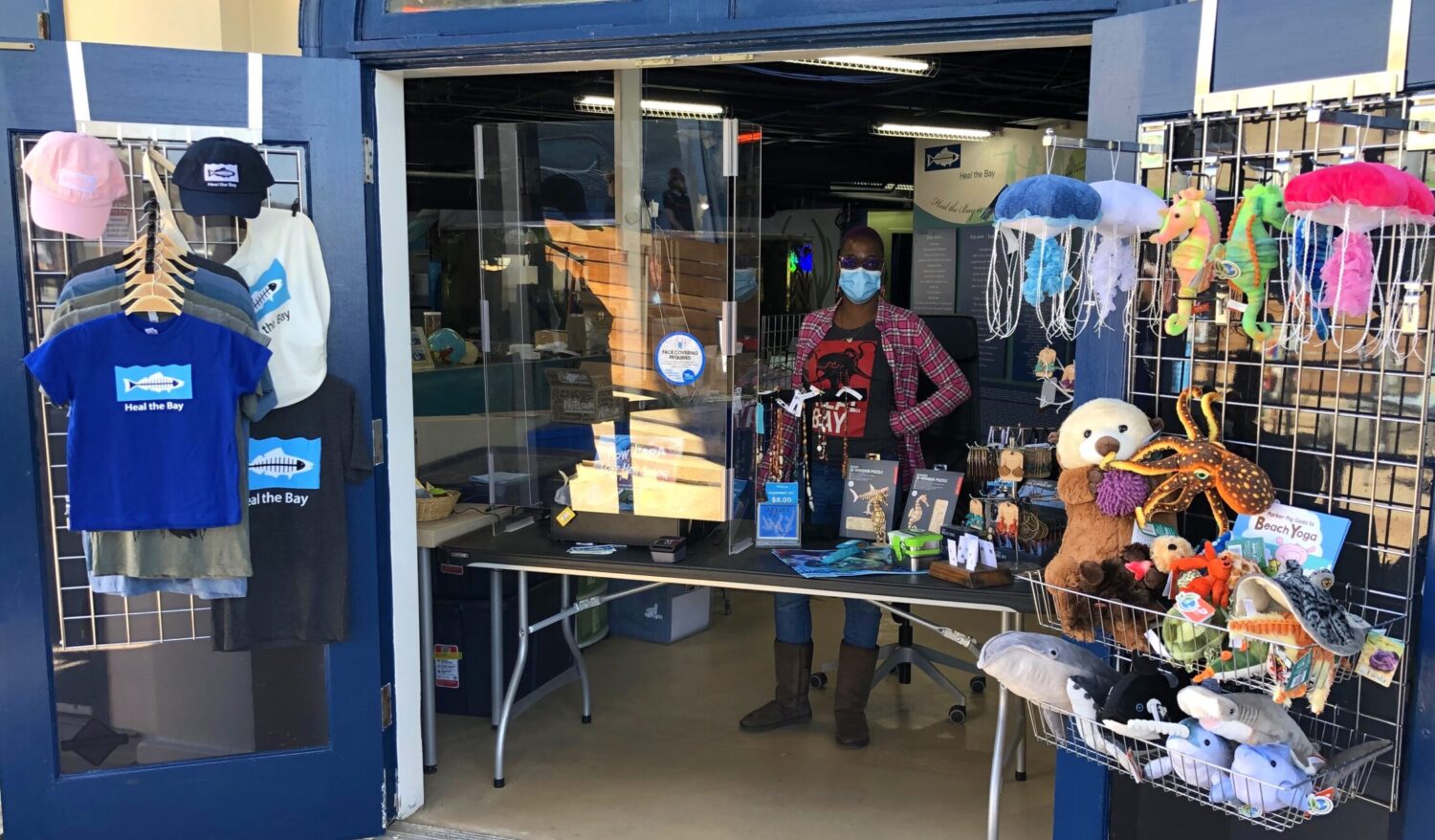
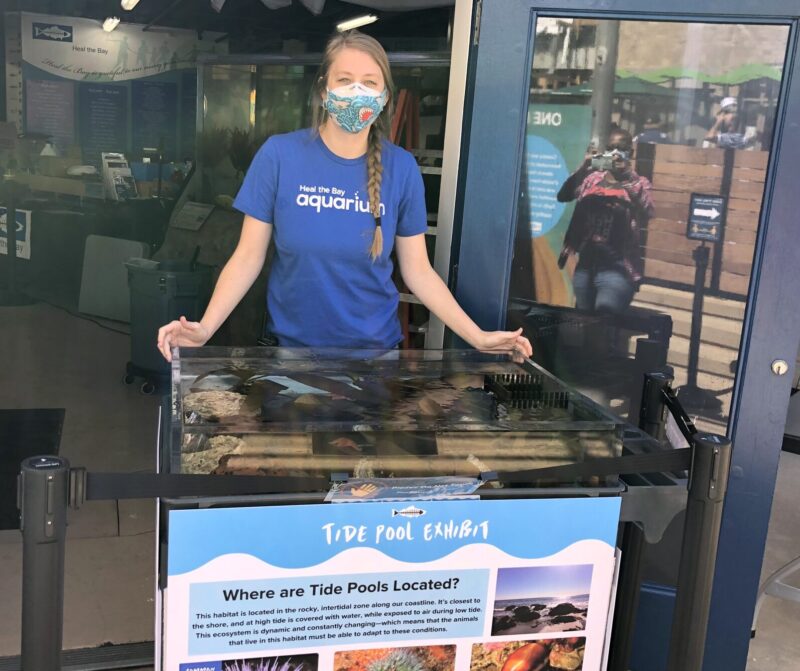
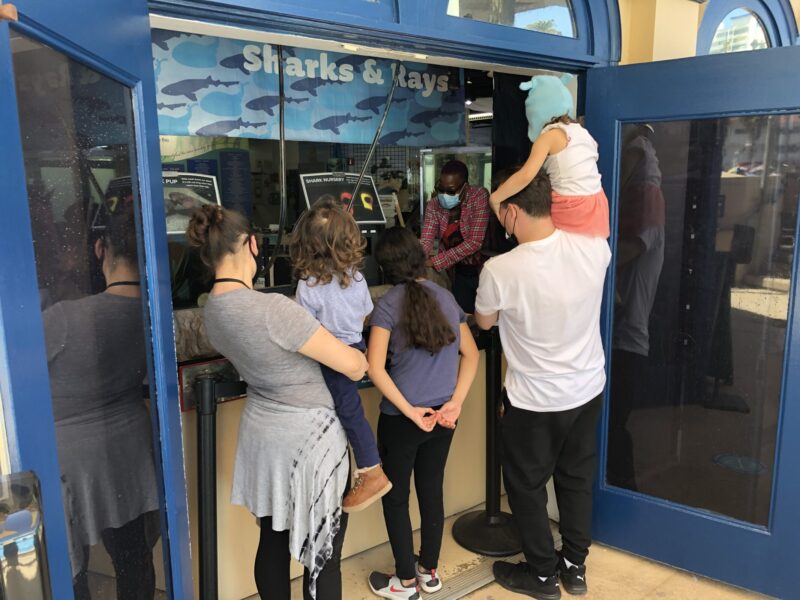
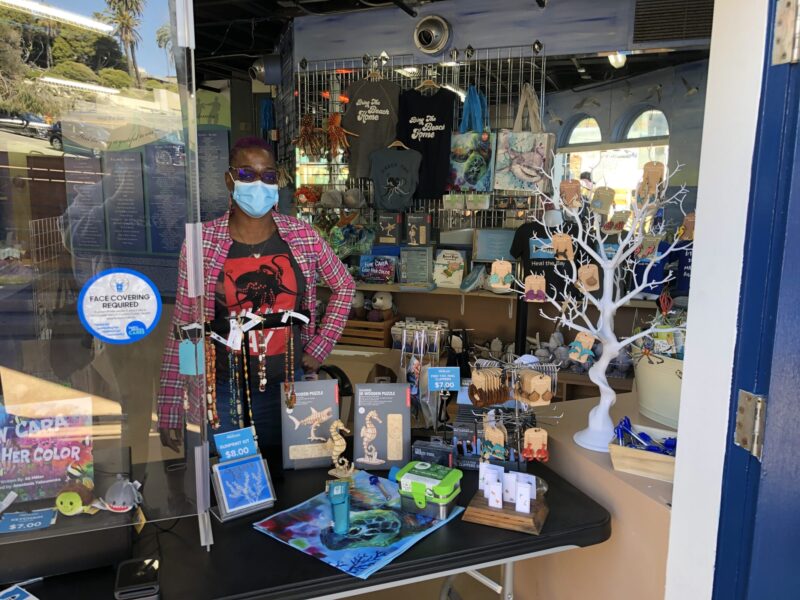
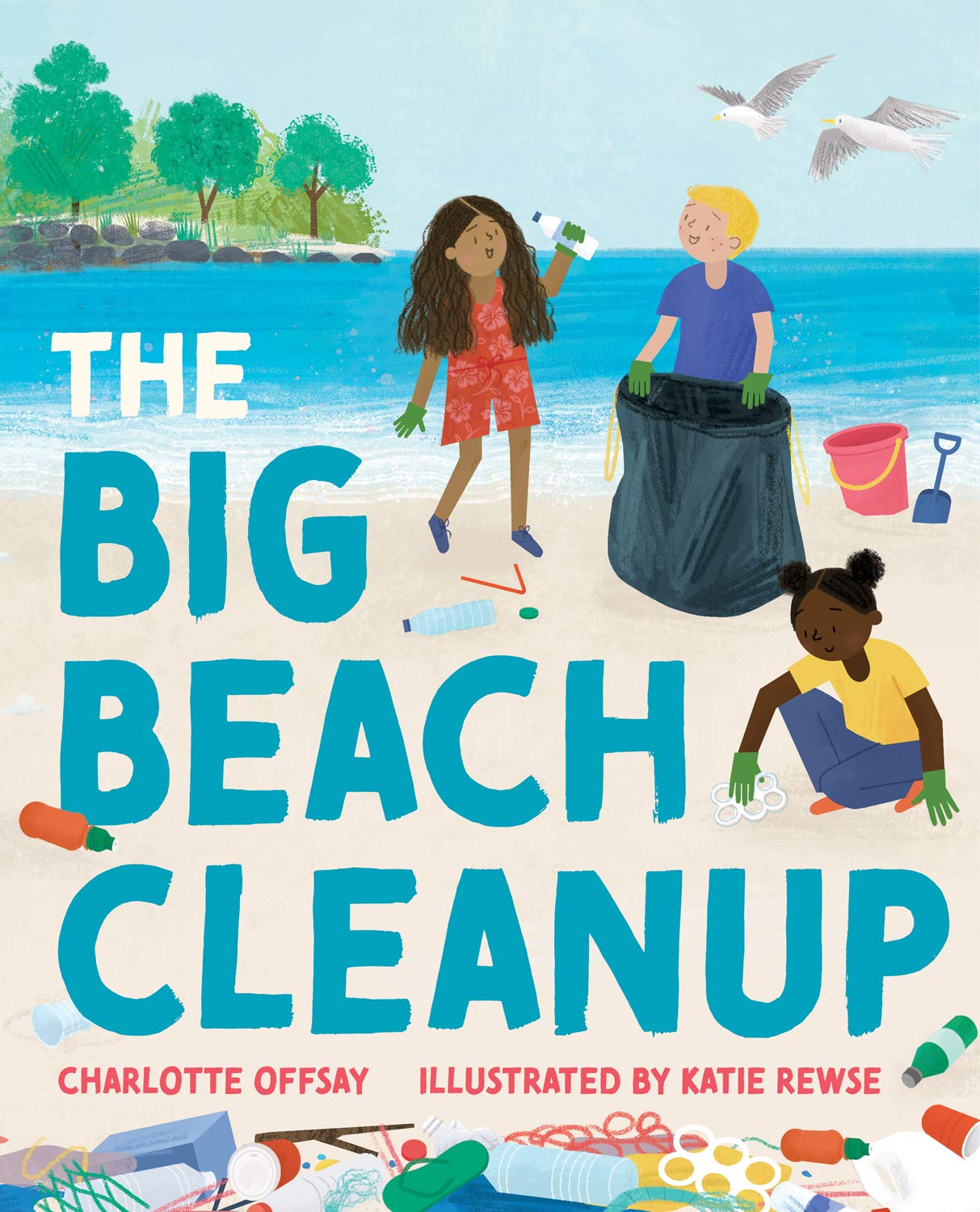
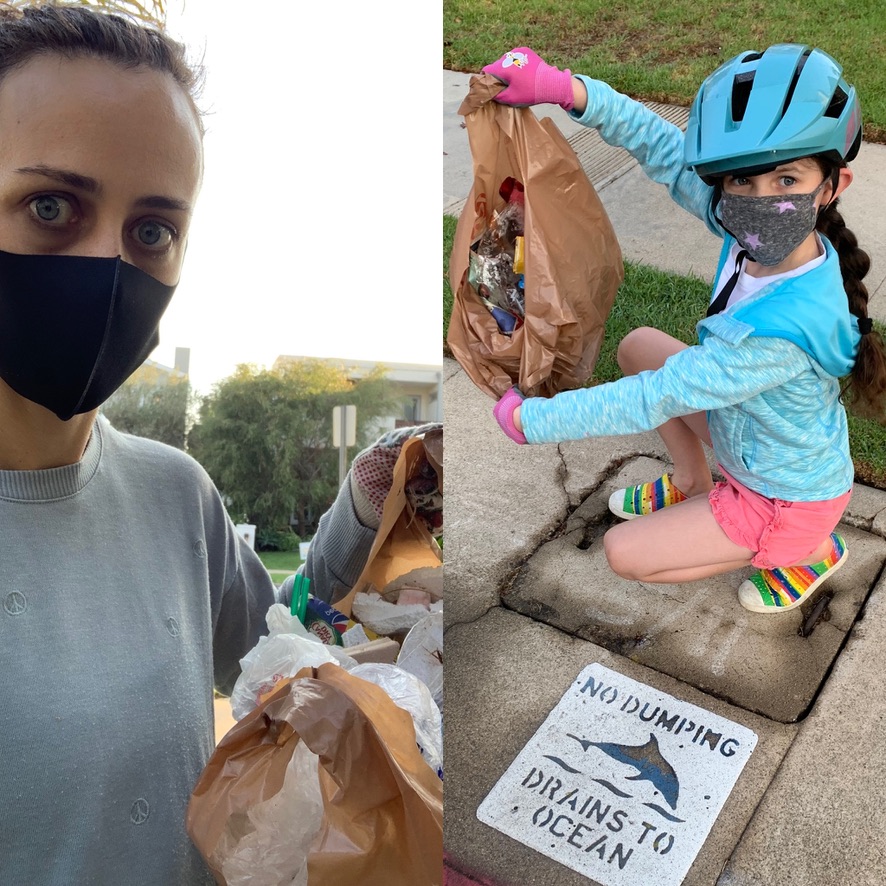


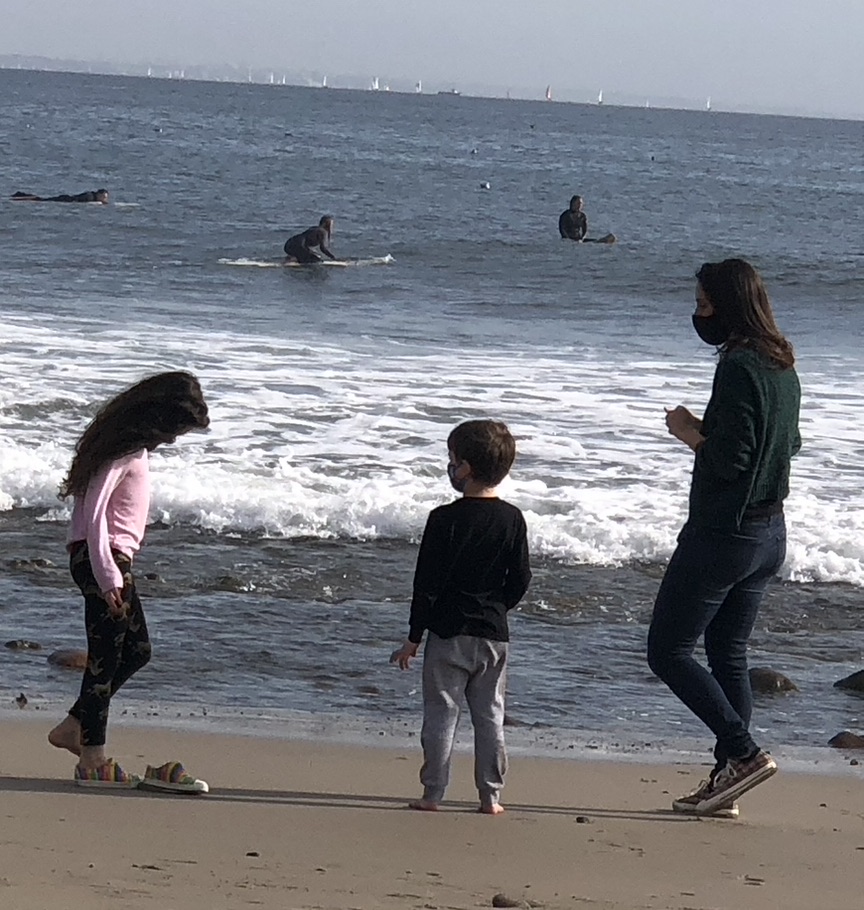
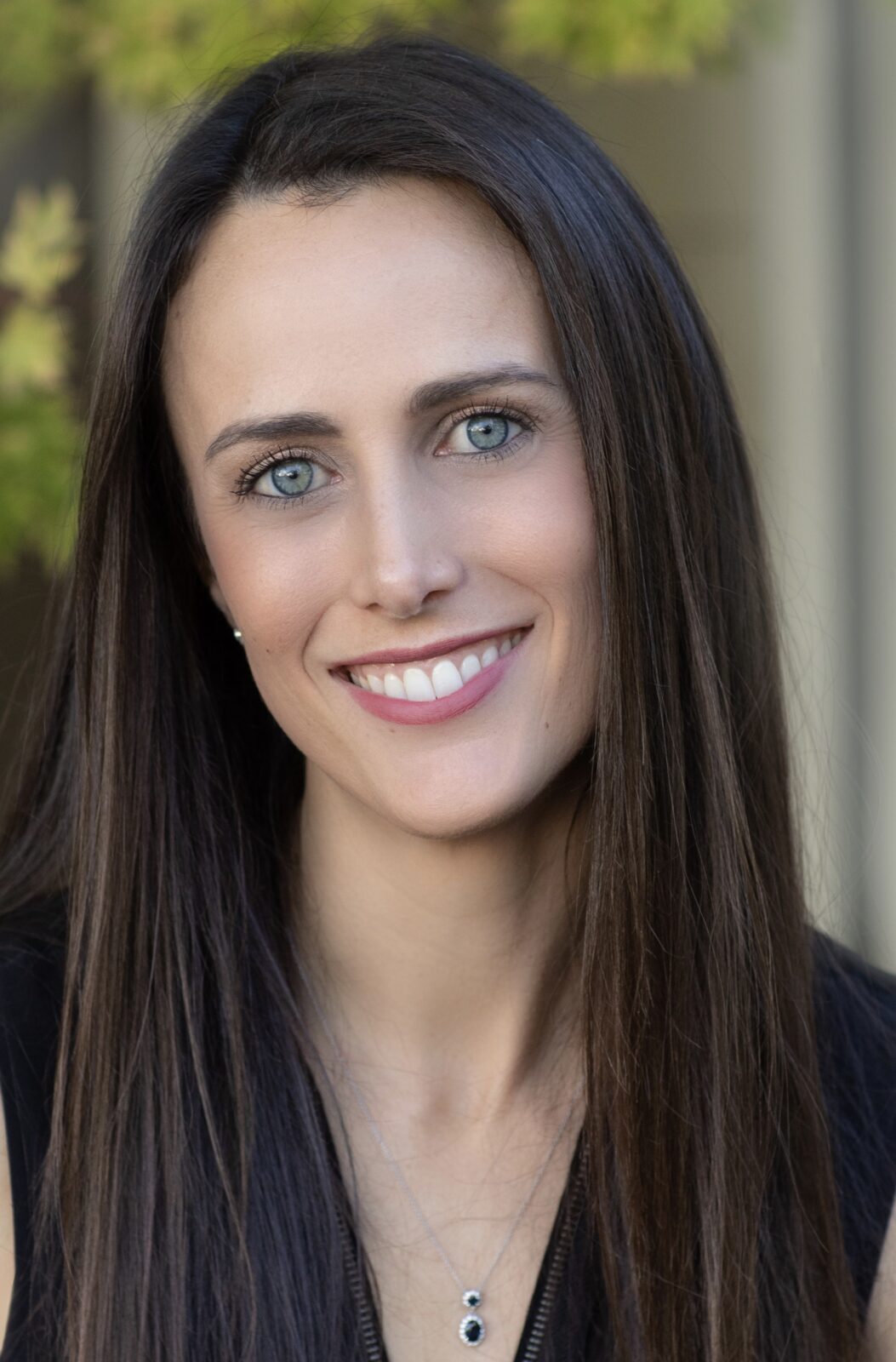 CHARLOTTE OFFSAY was born in England, grew up in Boston, and currently lives in Los Angeles with her husband and two small children. Through her work, Charlotte hopes to make children laugh, to inspire curiosity, and to create a magical world her readers can lose themselves in time and time again.
CHARLOTTE OFFSAY was born in England, grew up in Boston, and currently lives in Los Angeles with her husband and two small children. Through her work, Charlotte hopes to make children laugh, to inspire curiosity, and to create a magical world her readers can lose themselves in time and time again. 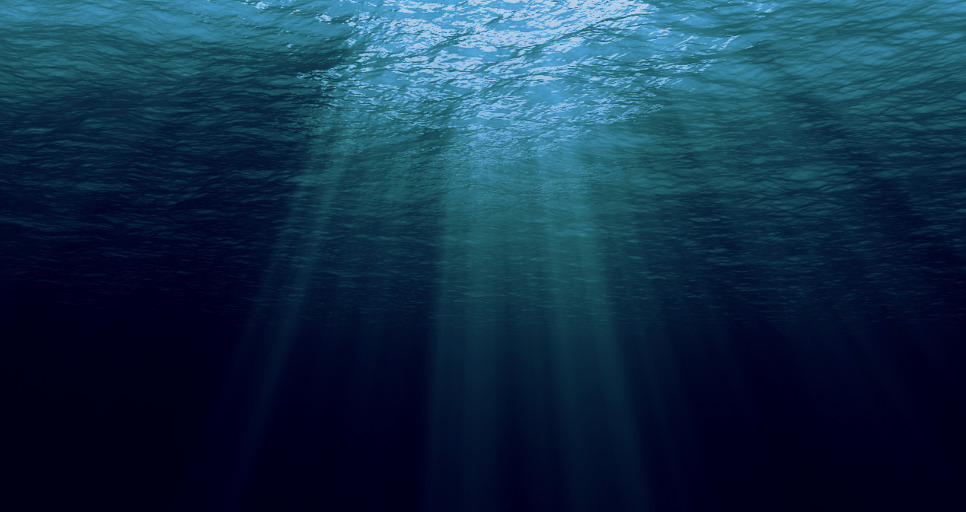
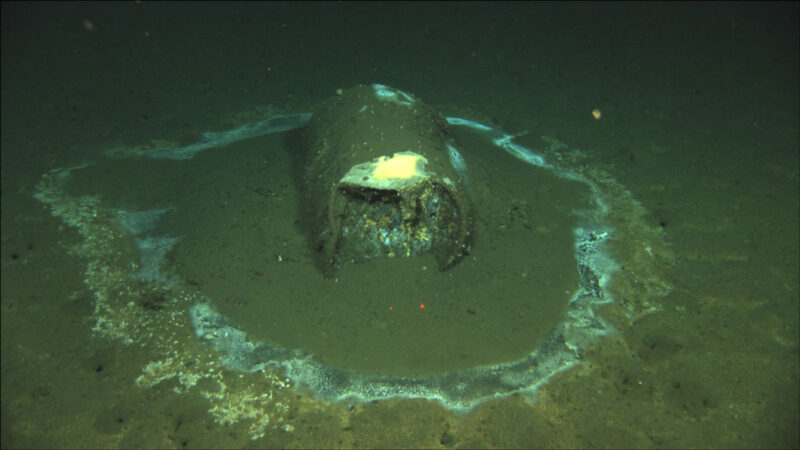 Foto de LA Times, David Valentine, ROV Jason
Foto de LA Times, David Valentine, ROV Jason

